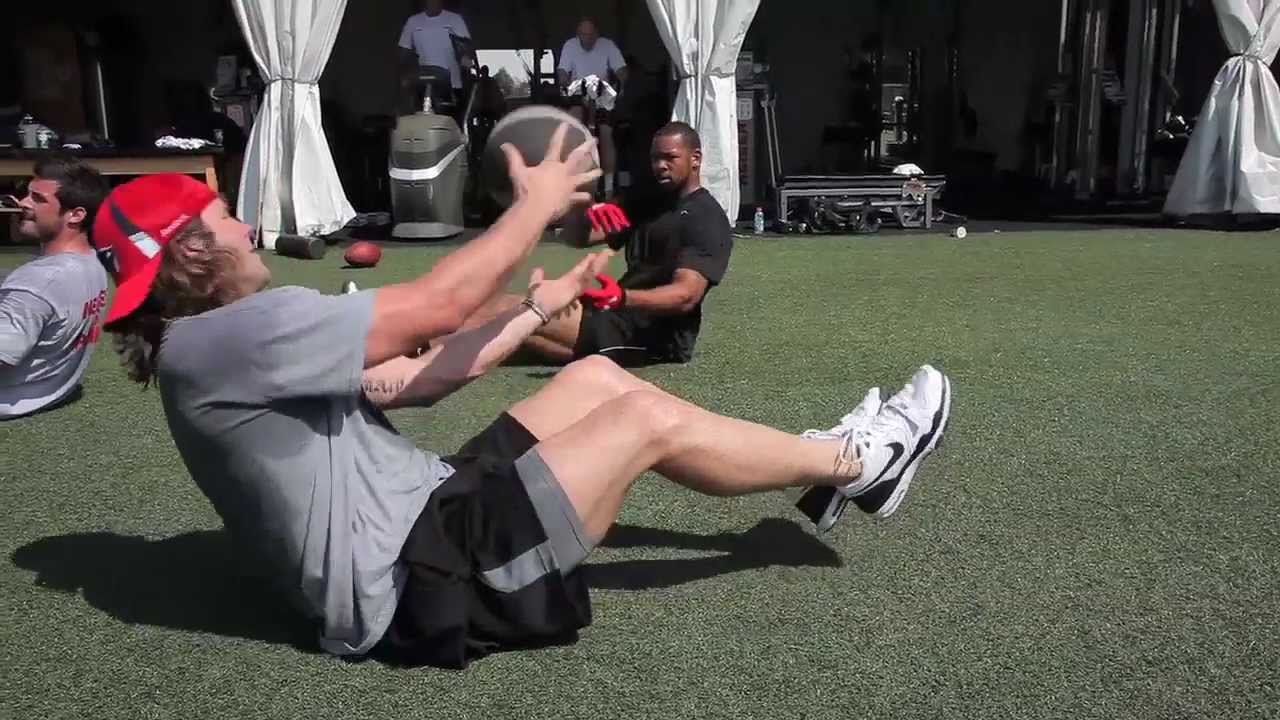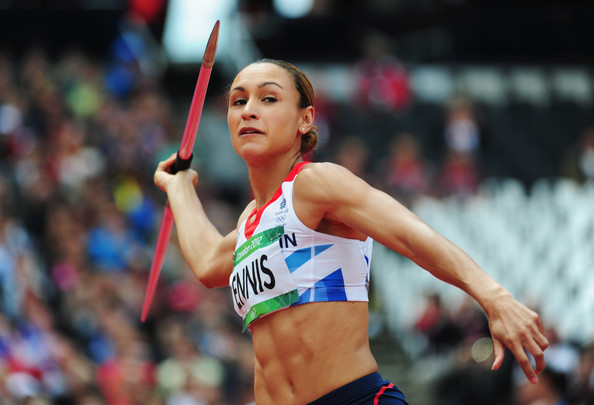CBS SPORTS RADIO – MARCH 2016
Sports Performance Coach Sean Cochran on the 19th Hole Talk Radio Show by Dennis Silvers "Recognize in order to prevent a lower back injury in the sport of golf the body must have certain levels of hip mobility, stabilization of the core, and mobility of the thoracic spine to create the rotary requirements of the swing efficiently. If the golfer lacks mobility in the hips or thoracic spine the tendency will be for the body to recruit the lumbar spine to rotate...





















